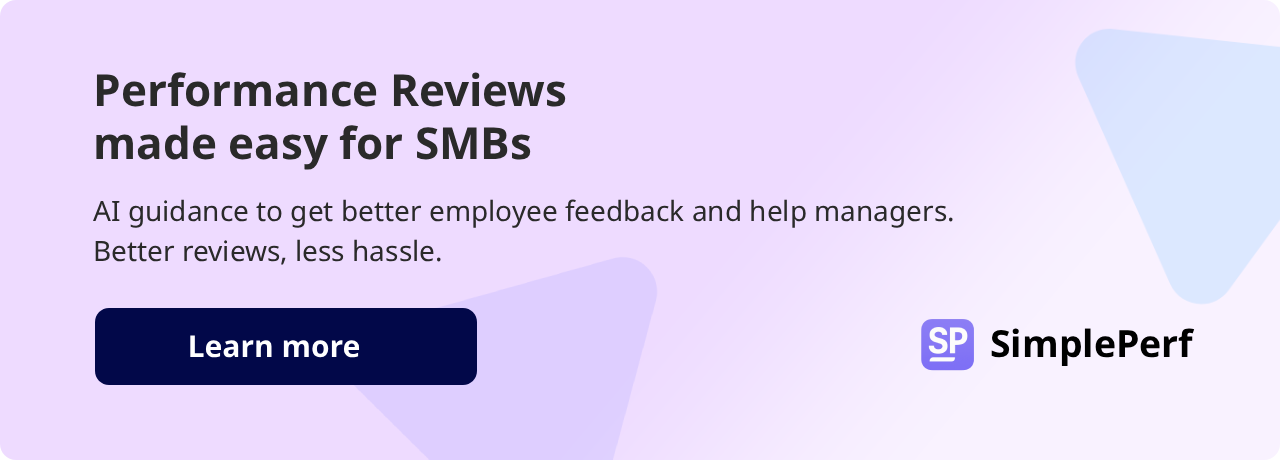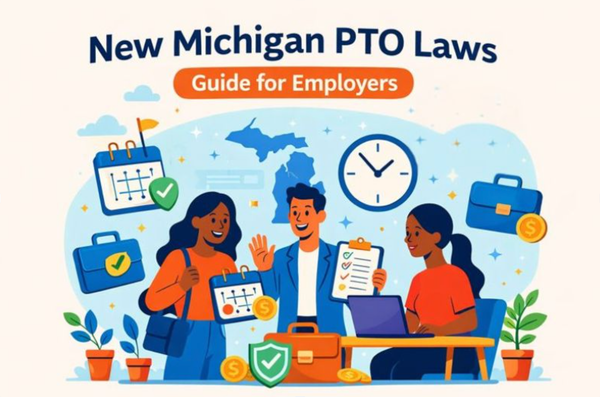What is the GROW coaching model for better performance?
Unlock your team’s full potential with the GROW coaching model, a proven framework to guide goal-setting, remove internal blocks, and drive performance. Learn how to apply GROW effectively and support it with coaching skills and real-time tools like BuddiesHR for measurable results.


Business executive Sir John Whitmore once said, “To get the best out of people, we have to believe the best is in there – but how do we know it is, how much is there, and how do we get it out?” The answer to this question evolved into the GROW model developed by Whitmore and his co-creators.
Since the late 1980s, when the model was first imagined, it has undergone small changes, but the basic premise remains the same. It is a coaching framework for conversations that can unlock potential and forward-thinking opportunities amongst people. [1]
Join other business people who have used one of the world’s most influential coaching models to empower your team, and see lasting progress and exceptional results.
What is GROW model coaching?
The methodology for the GROW model was formed when professional tennis coach and co-creator of the GROW model, Alan Fine, noticed that tennis players struggled to consistently apply the actions they knew how to do, but had an internal block against. Once this block was recognised, the focus changed to simple actions that could be repeated for success.
The popularity of the model is based on a deceptively simple insight: breakthroughs don’t come from acquiring new knowledge, but from removing internal interference to what is already known.
The acronym GROW stands for:
G: Goal
R: Reality
O: Obstacles/Options
W: Way forward/Will
By understanding how to correctly apply these four steps in a coaching session with your team, you can successfully bring out the internal limitations that prevent them from optimal performance and forge a path together for continued improvement.
The four steps of the GROW model
A coaching mindset: The catalyst for the GROW model’s implementation
The successful implementation of the GROW coaching model hinges not only on understanding the steps, but the ability to use coaching skills to get the person through the process. This is very different from a top-down, authoritative management style that is commanding in its nature.
Why a top-down approach undermines the GROW model
The traditional command-and-control leadership approach has its benefits during certain phases of a business lifecycle. However, when it comes to encouraging growth through positive collaboration, it has severe limitations. The downside of this approach in the coaching process is:
- It discourages ownership and self-correction.
- It suppresses creativity and critical thinking.
- It reinforces dependence on management instead of empowering individuals to solve problems.
- It erodes the value of diverse decision-making and commitment to goals.
If you recognize that your style is more authoritative, then it’s time to build capacity and bring out your leadership skills. Here are some ideas for new skills you can cultivate so that you’re ready for fruitful coaching conversations.

5 Coaching Skills needed for implementing the GROW model
1. Active listening
The foundation of all working relationships that work well is the ability to listen deeply, not merely with words, but also with insight, empathy, and a real desire to understand what is being said. This requires a keen interest in the other person’s tone, body language, and what’s not being said.
Actively practice these skills:
- Stay engaged in what is being said, and avoid interrupting. This requires patience, especially when it’s easier to direct the person to what they should be doing instead of letting them discover it for themselves.
- Stay present by reflecting back what has been said: “What I understand you saying is…”
- Create plenty of space for the person to reflect, bounce ideas around, and think out loud, while you listen.
2. Ask powerful, open-ended questions
During the different phases of the GROW model, it is important to explore facts, perceptions, and emotional responses for effective performance coaching. Ask the following types of questions:
- What have you tried so far?
- What’s currently standing in your way?
- Where do you feel stuck?
- How do you think others would describe the current situation?
- What’s at stake for you?
- What fears are causing you to avoid potential obstacles?
- Looking back, what would you have done differently?
- What did you expect that didn’t happen?
3. Build rapport and trust
The success of the GROW model depends on the open disclosure of challenges, future goals, and the current reality, without the employee feeling disadvantaged for disclosing this information. This requires a solid trust relationship.
Cultivating trust is a daily exercise of consistent behavior, keeping your word, and behaving in an ethical and trustworthy manner. This then opens the way for deeper conversations about shared goals and vision.
Employee growth can only take place organically in a safe environment built on mutual trust. Therefore, it’s as important for the person you are taking through the GROW model to behave with integrity and honesty.
Encourage this by modeling it with your team members. Another key element of building trust between manager coaches and employees is the way you provide constructive criticism. This should always be done in private and one-on-one.
4. Facilitation, not fixing
The main role of a manager in the GROW coaching process is to reflect and guide. Avoid the temptation to find a solution for the employee or fix the current reality they are facing.
It may be easier to do it this way, but the payoff won’t be as rewarding. By coaching the employee, you will help instill confidence and empower them to take on greater challenges in the future.
One simple way of achieving this outcome is to let the employee reflect on the pros and cons of the options they’re choosing.
Executive coaches are experts at this. They have learnt to carefully steer the person they are coaching towards self-actualisation, instead of doing it for them. Why? They know this is the only way to see lasting transformation. When a person comes to their own conclusions, they’re more likely to commit to the outcomes.
5. Get comfortable with silence
The GROW framework encourages self-discovery, and for this, there must be moments of silence from both the manager and the employee.
As you explore options together, create space for silence, and don’t be afraid of doing this. Sometimes you’ll have to ask difficult questions to help your employee with a reality check, and this will require long moments of reflection from them - allow this because it will lead to profound realizations for them.
Also, be patient as they bring themselves over the finish line, and trust this powerful framework to yield the results, instead of many words.
Measure coaching progress in real-time
One of the core principles of all coaching work (even between managers and employees) is that you can’t improve what you don’t measure. In the GROW coaching model, the way forward is defined by sustainable results, IF you can keep the momentum going. This requires total visibility of the progress being made.
This is where real-time employee engagement tools like BuddiesHR add value to the process. They provide organic, lightweight ways to track behavior, outcomes, engagement, and blockers. This provides the data for powerful, in-depth, and transformational conversations.
BuddiesHR Apps that support the GROW coaching model
In a nutshell, the BuddiesHR apps complement the GROW coaching model by providing an easy, yet powerful way of pulling important metrics together that provide key insights into how well your coaching process is working.
Conclusion
The GROW coaching framework has been used for many decades to help organizations make their goals and vision a reality. However, a framework is only as good as the skills of the people implementing it and the data that supports it.
By carefully working through this simple coaching model and supporting its implementation with key interpersonal skills, you can ensure the successful use of the GROW model in your business to boost performance.
Then add powerful, real-time data gathering apps like those from BuddiesHR to track every stage of the process, and you’ll transform coaching conversations from abstract theory into tangible results.
Imagine a highly motivated, focused, and inspired team where trust and collaboration are an everyday reality. With the GROW coaching model, this is within your reach.

References:




